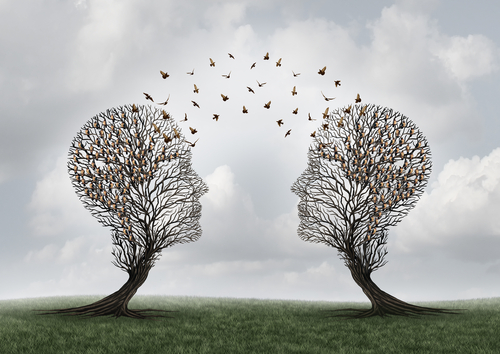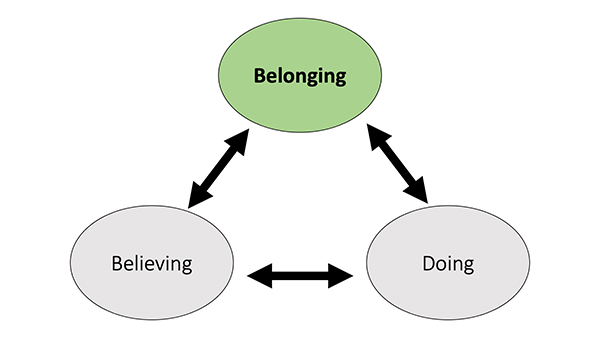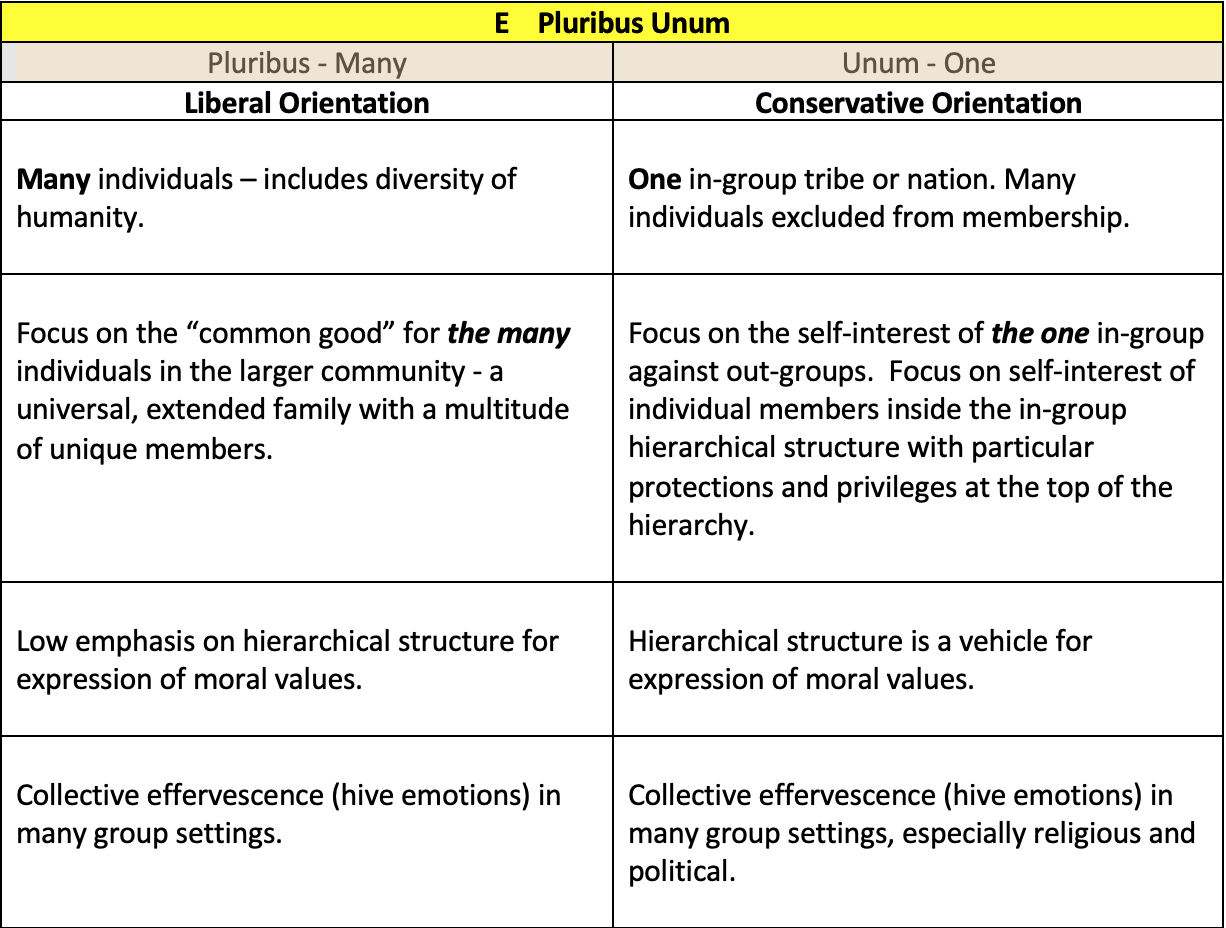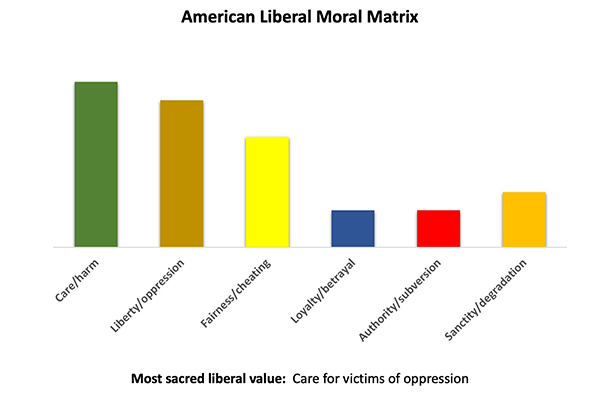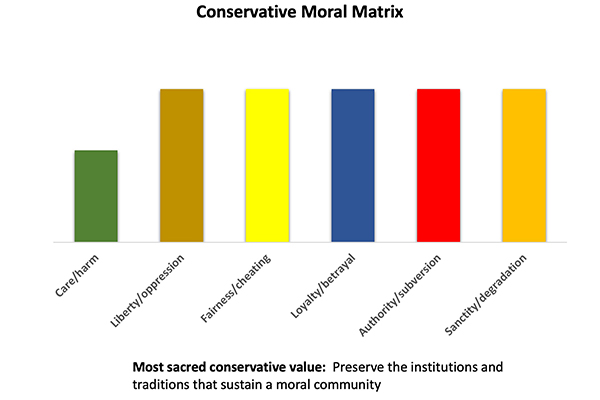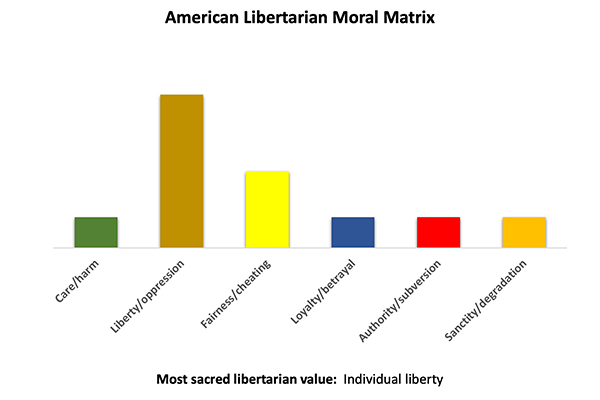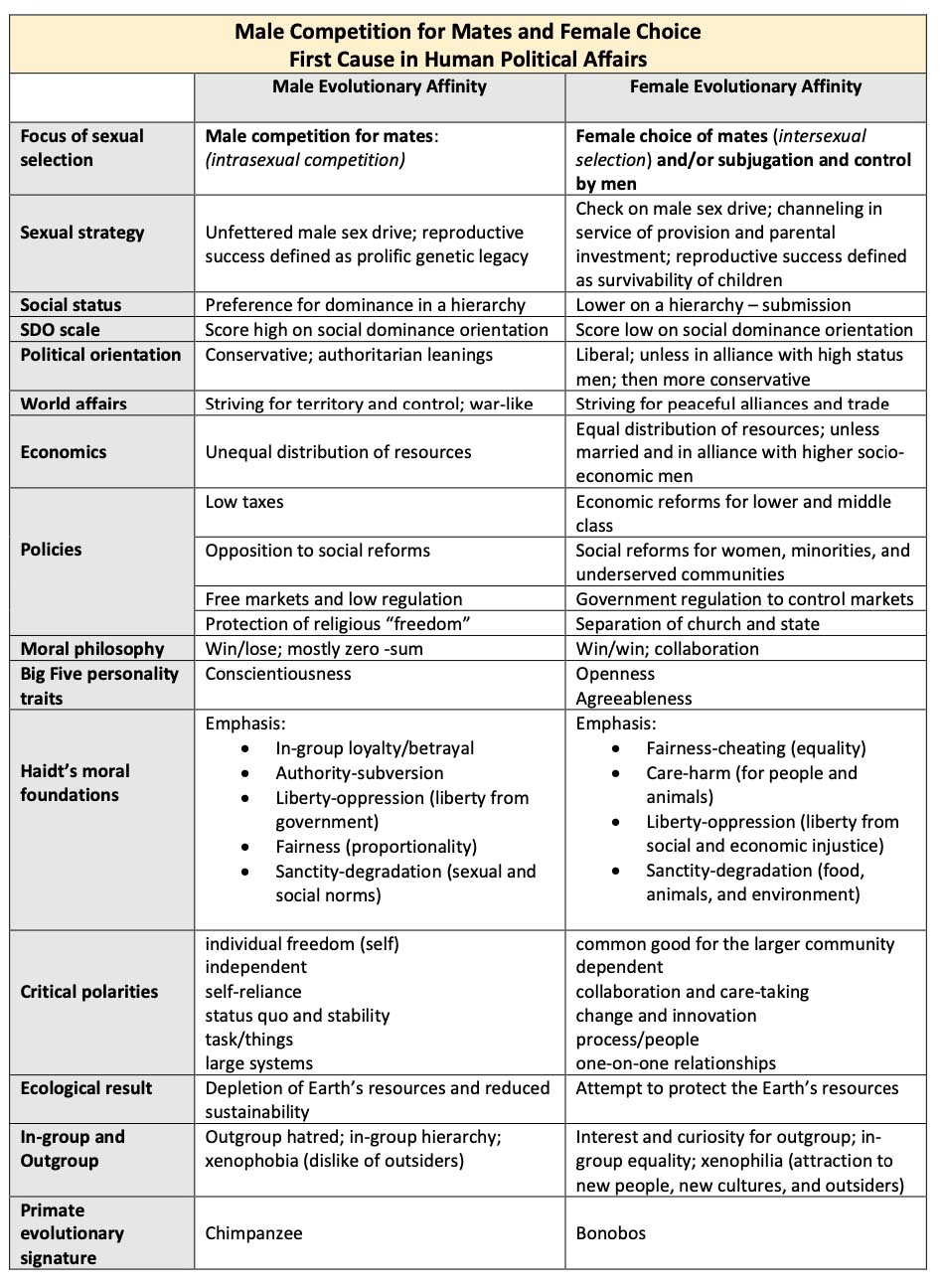
Humor and Sexual Selection
“Women tend to prefer men who make them laugh, whereas men prefer women who laugh at their jokes.” *
In my last post about Tiger Woods, I examined the role of storytelling, art, music, dance, athleticism, and humor in sexual selection. Women select for those traits in men. These expressions of creativity signal genetic fitness because they are relatively rare in the human population.
Today’s post will put the microscope on humor. I will examine the influential role that humor plays in sexual selection – why humor production is a mating trait preference. In my next post (March 2), I will address how humor affects ongoing relationships; humor for established couples is different from the role of humor in selecting a mate (courtship). In other future posts, we will laugh together at displays of humor about the dynamics of sex, dating and relationships. For now, see my earlier post, Sex Can Be Funny: https://www.matingstraighttalk.com/sex-can-be-funny-50-humorous-quotes-volume-1/.
Here are a few random quips to warm you up before I go all nerdy:
- “Bigamy is having one wife too many. Monogamy is the same.” ~ Oscar Wilde
- “It’s been so long since I have had sex, I’ve forgotten who ties up whom.” ~ Joan Rivers
- “I was nauseous and tingly all over. I was either in love or I had smallpox.” ~ Woody Allen
- “A man who correctly guesses a woman’s age may be smart, but he is not very bright.” ~ Lucille Ball
- “You’d be surprised how much it costs to look this cheap.” ~ Dolly Parton
- “Good girls go to heaven, and bad girls go everywhere.” ~ Helen Gurley Brown
Laughter is Universal in Our Species
Laughter is universal within our species; it manifests in distinct facial and vocal expressions. Laughter emerges spontaneously during childhood and is intensely pleasurable. It shows all the hallmarks of a psychological adaptation – a fundamental building block of our evolutionary past.
Humor is Valued for Mates Worldwide
Humor is an integral part of mate choice. A robust finding in evolutionary psychology research is the value that people worldwide place on a good sense of humor. Females demonstrate more appreciation of humor than men; these differences begin in early childhood and appear to reflect differences in sexual choosiness.
Sexual Selection Is No Joke
Evolutionary psychologist, Geoffrey Miller (The Mating Mind), argues that the “humor divide” is best understood as a result of sexual selection. Women are the choosier sex, and because they prefer funny men—a signal of cognitive fitness—men learned to deploy humor and wit to attract a mate and to outsmart other men.
Humor and creativity researcher Scott Barry Kaufman of New York University believes sexual selection explains why the use of humor is important in the initial stages of a relationship: “When you have little else to go on, a witty person who uses humor in a clever, original way is signaling quite a lot of information, including intelligence, creativity, and even aspects of their personality such as playfulness and openness to experience.”
Comedy Reveals Capacity for Creativity
A capacity for comedy reveals a capacity for creativity. It plays upon our intense love of novelty (neophilia), says Miller. “Creativity is a reliable indicator of intelligence, energy, youth, and proteanism (ability to change shape). Humor is attractive, and that is why it evolved.”
Class Clowns Are Male
Have you ever wondered why class clowns are virtually always male? Documented differences in the ways the sexes use and respond to humor explain this and other humor-related phenomena. Humor plays a role in relationships from the initial flirtation through long-term commitment. Knowing the differences in how men and women process and use humor serves one well in all situations involving the opposite sex.
Male Courtship Humor
Males produce humor in courtship much more than females, according to researcher Jennifer Hay and are more likely than females to produce verbal humor in informal social settings, according to Helga Kotthoff. This research suggests that females, on average, are more discriminating than men when it comes to humor and that men, on average, are more motivated to be funny.
Men produce humor to be chosen by women. As explained in my prior post, men produce humor (and everything else) “to get laid.”
Humor Attracts Women
Studies from the David Buss’ Evolutionary Psychology Lab revealed that displaying a good sense of humor is the single more effective tactic men can use to attract women. Women are attracted to men who produce humor because (at the most surface level) laughing elicits a positive mood. Humor is very agreeable and is linked to the traits of generosity and willingness.
Humor for Potential Genetic Benefit
Evolutionary psychologists have also theorized that a sense of humor is a sign of intellect and healthy genes. Women are the more selective sex due to the burdens associated with pregnancy and thus are attracted to funny men because of the genetic benefit that could be bestowed upon potential offspring.
Woman Want a Humor Generator
According to Eric Bressler, a psychologist at McMaster University in Canada, men and women don’t mean the same thing when they say they value humor in a long-term partner. His research manipulated how funny both men and women appeared on paper. Subjects were asked to choose a potential date of the opposite sex. Bressler found that women want a man who is a humor “generator,” while men seek a humor “appreciator.”
Female Laughter is a Signal of Sexual Interest
The allure of male humor is so strong that female laughter may have evolved as a signal of sexual interest—picture a woman’s girlish giggles as she flirts with a man at a bar. Indeed, a German study found that when male and female strangers engaged in natural conversation, the degree to which a woman laughed while talking to a man was indicative of her interest in dating him. How much the woman laughed also predicted the man’s desire to date her.
Someone Who Makes Me Laugh — Someone Who Laughs at My Jokes
In Bressler’s study, men expressed no preference for funny women, but women tended to choose more humorous men as partners. Rod Martin of the University of Western Ontario elaborated on this discrepancy between the preferences of the sexes when he said, “Although both sexes say they want a sense of humor, in our research, women interpreted this as ‘someone who makes me laugh,’ and men wanted ‘someone who laughs at my jokes.’”
Bressler says his study indicates that humor likely developed through sexual selection because it is most desirable in romantic relationships. Women don’t seem to care about a friend’s sense of humor, whether male or female. He and fellow researcher Sigal Balshine found that although women rated funny men as better potential partners and more friendly, fun, and popular, they didn’t have the same preference for humorous women as potential friends.
Women Seek Funny Men in Personal Ads
Humor is a human trait important enough to have its abbreviation (GSOH) in personal ads. Psychology professor Robert Provine at the University of Maryland analyzed more than 3,000 singles ads and found that women were more likely to tout their humor appreciation ability whereas men were more likely to describe their ample humor-production ability. Women who posted personal ads sought a partner who could make them laugh twice as frequently as they offered to be the source of humor. However, men offered to be the provider of humor a third more than they sought it in a partner.
Fertile Women Choose Creative Men for Short-term Liaisons
An interesting study examined the desirability of funny men to ovulating women. Conducted in 2006 by Geoffrey Miller and Martie Haselton, female subjects read descriptions of poor but creative men and wealthy but uncreative men and rated each man’s desirability. Miller and Haselton found that women chose poor creative men twice as often as wealthy uncreative men for short-term relationships during times of high fertility. In low fertility days of their menstrual cycle, women shifted their preferences to males who offered resources.
This supports the idea that displays of creativity, at least in the short-term, act as good gene indicators.
Women Laugh More and Both Sexes Laugh More at Men
In another study, Provine observed social interaction in various public urban spaces while studying spontaneous conversation, ultimately recording 1,200 “laugh episodes” (comments that elicit a laugh from the speaker or listener). In examining the episodes, he found that women laugh significantly more than men, and that both men and women laugh more at men than at women.
Men Find Women More Attractive When They Laugh
In addition to the attraction women feel toward funny men, men find women more attractive when they laugh. Laughter signifies enjoyment and interest, or connection and understanding — all desirable qualities in a potential mate.
But Men and Women Are Equally Funny
Although men consistently garner the most laughs, research has repeatedly shown men and women to be equally funny when it comes to humor production. Researchers conclude that men are not funnier than women but are just more motivated to showcase their humor.
Ph.D. student Kim Edwards of the University of Western Ontario arrived at this conclusion following a 2009 study in which men and women were rated on the funniness of captions they created (produced) for single-frame cartoons. Edwards found that men and women created a similar number of highly rated captions. (Edwards also concluded that the greater laughter garnered by men was more a consequence of social factors than a sign of a superior capacity for humor.)
Women and Men Also Appreciate Humor Equally
Women and men also score very similarly on tests of humor appreciation. Psychiatrist Alan Reiss of Stanford University scanned male and female subjects’ brains while they rated 30 cartoons for humor. Women and men rated the cartoons in the same order of funniness, indicating equal amounts of humor appreciation.
Men and Women Are Funny In Different Ways
Men and women are both funny, but in different ways that the opposite sex sometimes finds unfunny. While women tend to share humorous stories and take a narrative approach, men more commonly use one-liners and engage in slapstick. While women tend to use puns, self-deprecating humor, and wordplay, men are more inclined to use physical and active humor.
Men Tease to “One-up” Other Men
Psychologist Jennifer Hay taped group conversations and found that men were more likely to tease and try to “one-up” other men in their use of humor. But according to research conducted by Martin Lampert of Holy Names University and Susan Ervin-Tripp of the University of California, men teased significantly less when in the presence of women.
Women Tease Men More in Mixed Company
After analyzing 59 conversations, Lampert and Ervin-Tripp found that in mixed company, women actually teased more than men and directed their teasing toward the men. Women became less self-deprecating while the men laughed at themselves more — a kind of reversal of the typical sex-specific humor tendencies. Lambert and Ervin-Tripp concluded that men reduce teasing with women present out of a concern that it might repel them, while women become more assertive around men to counter feelings of vulnerability and gain equal footing with them.
Self-deprecation vs. Ridicule of Others
Anthropologist Gil Greengross studies the role humor plays in flirtation and seduction. Of all the humor styles, self-deprecating humor was perceived as the most attractive. Self-deprecating humor reduces tension and indicates a nonthreatening stance that puts others at ease. The opposite of self-deprecating humor, and therefore the most unattractive kind, is sarcasm or ridicule directed at others. Humor that comes at the expense of someone else’s feelings divides rather than bonds. Although it might elicit a laugh or two, the research indicates those laughs will not be there for long.
Female Laughter Determines Level of Attraction
Psychologists Karl Grammer and Irenaus Eibl-Eibesfeldt of the Ludwig Boltzmann Institute for Urban Ethology demonstrated that laughter can be a very accurate source for determining the level of attraction between people. After studying mixed group conversations and the subjects’ level-of-attractiveness ratings, the researchers found that the amount of female laughter accurately predicted the level of attraction between both partners. A woman who laughs at a man’s jokes indicates an interest in him, and this indication of interest can spur even further interest on the part of the man.
Synchronized Laughter Means Mutual Attraction
According to Grammer and Eibl-Eibesfeldt, the amount of synchronized laughter during spontaneous male/female conversations predicted initial mutual attraction, but the amount of laughter the woman produced was most predictive of mutual interest in actually dating. Woman’s laughter is a useful index of humor appreciation and has an impact in a mating context.
Are We Sure That Humor and Intelligence Are Correlated?
Humor and intelligence appear to be significantly correlated according to long-standing theories and studies within evolutionary psychology. Humor is seen as an honest signal of intelligence, and humor ability is thought to have evolved due to sexual selection through mate choice.
However, Jeffrey Hall, a professor in Communication Studies at the University of Kansas, concluded from his studies that “the evidence isn’t there that humor used by men is perceived as intelligent by women, nor is the link between intelligence and humor strong.” Hall asserted that women like humor because of “good timing, self-deprecation, playfulness, flintiness, and being inviting.” None of that is intellectual, he says. Perhaps that last point is debatable.
Humor is a Signal of Mental Health
Building on Hall’s insights, humor may also signal a person’s openness to experience, extraversion, and sociability (as explained by Scott Kaufman above). Tucker Max and Geoffrey Miller (Mate) say the ability to be funny or having a sense of humor is a signal of mental health, which is quite important to women. “Making fun of yourself shows a resilient self-confidence that narcissists, psychopaths, and depressed people don’t have,” they explain.
Humor Is Most Effective If Already Attracted
Humor is most effective if the potential mate is already attracted to the person attempting the humor. Norman Li found that both males and females reported initiating humor and laughter at someone’s jokes when they were already attracted to the individual but not when they were not already attracted to the person.
Humorous Halo Effect
Indeed, judgments of humor are affected by a person’s initial attraction and interest. Researchers have found that initial attraction to a person led to greater perceptions of interpersonal warmth from that person’s humor. This perception of warmheartedness could be a “halo effect” – when one trait is used to make an overall judgment of that person or thing. Evolutionary psychologist David Buss shared an amusing aside during a talk about the trait of physical attractiveness and humor: “It is very interesting that women find Brad Pitt ‘just hilarious’.”
Humor and Status
Li says that humor is a powerful tool in mating intelligence for the relatively unattractive or men who are lower in social status. On the flip side, if you are high in social status, then self-deprecating humor may be your most valuable tool in the mating marketplace.
Humor Production Predicts Number of Sexual Partners
There is evidence that humor is related to mating outcomes. In a sample of 400 university students, Gil Greengross and Geoffrey Miller found that general intelligence and verbal intelligence both predicted humor-production ability, which in turn predicted the number of lifetime sexual partners.
Humor and Social Proofing
In a study by Nicolas Gueguen, men who produced humor were three times more likely to get a phone number from women than men who just observed the humor. In addition to the attraction to humor production, researchers believed this demonstrated the power of social proofing — the status of the humor-producer compared to the male confederate receivers of the humor.
Men Use Humor to Derogate Sexual Rivals
“Men taunt other men with clever nicknames and insults,” says John Morreal, a professor of religion at William and Mary College in Williamsburg, Virginia, who has studied humor for 25 years. “That isn’t something that women do. They don’t tend to play practical jokes or engage in humor that humiliates or puts somebody down.”
The primary difference is that males tend to use humor to compete with other men, while women tend to use humor to bond with others. Studies show that men more often use humor to jockey for position with other males when they are in the company of women.
Aggressive Humor by Women is a Threat
A woman who deploys a typically male sense of humor—one that’s aggressive or competitive—is a turnoff to men, says Don Nilsen, a linguistics professor at Arizona State University in Tempe and an expert on humor. Many men feel threatened, perceiving a funny woman as a rival or worrying that they’ll become a target of her sharp tongue. “I think every man in the world loves the humor, even the sexual put-down humor, of Judy Tenuta or Joan Rivers,” he says. “But very few men want to marry them.”
Funny Men Give More Orgasms
Orgasm is a female mate selection preference (psychological adaptation), and humor adds to the likelihood of female orgasm.
A study reported in Evolutionary Psychology looked at whether women whose partners have a great sense of humor also have more orgasms. (Previous studies have demonstrated how women with partners who have more symmetrical faces, are more attractive, richer, or who are more muscular experience more orgasms.)
Researchers found that a sense of humor was a good predictor of sexual pleasure. Women initiated more sex with men who have a great sense of humor and had more sex with them in general. Women with partners who had a great sense of humor enjoyed more orgasms and stronger ones as well.
Conclusion
Humor production by men is an effective courtship strategy, and women have a preference for humorous men in their mate selection. Humor appears to be a domain of behavior that evolved to demonstrate traits of male genetic fitness and increase sexual access. Funny how that works.
Note
*Bressler, E. R., Martin, R.A., & Balshine, W. (2006). ‘Production and appreciation of humor as sexually selected traits.” Evolution and Human Behavior, 27, 121-130.
References
Bressler, E. R., Martin, R.A., & Balshine, W. (2006). “Production and appreciation of humor as sexually selected traits.” Evolution and Human Behavior, 27, 121-130.
Gallup et al. “Do Orgasms Give Women Feedback About Mate Choice?” Evolutionary Psychology, December, 2014.
Geher, G. & Kaufman, S.K. (2013). Mating Intelligence Unleashed.
Grammer, K., Eibl-Eibesfeldt, I. (1990). The Ritualisation of Laughter.
Gueguen, N. (2010). “Men’s sense of humor and women’s responses to courtship solicitations: An experimental field study.” Psychological Reports, 107, 145-156.
Hay, J. (2000). “Functions of humor in the conversations of men and women.” Journal of Pragmatics, 32, 709-742.
Kaufman, S.B., Kozbelt, A., Bromley, M.L., & Miller, G.F. (2008). “The role creativity and humor in human mate selection.” In G. Geher & G. Miller (Eds.) Mating intelligence: sex, relationships, and the mind’s reproductive system.
Kotthoff, H. (2000). “Gender and joking: On the complexities of women’s image politics in humorous narratives.” Journal of Pragmatics, 32, 55-80.
Li, N. et al. (2009). “An evolutionary perspective on humor: Sexual selection or interest indication?” Personality and Social Psychology Bulletin, 35, 923-936.
Max, T., & Miller, G., (2015). Mate: Become the Man Women Want.
Miller, G. (2001). The Mating Mind: How Sexual Choice Shaped the Evolution of Human Nature.
Provine, R.R. (2000). Laughter: A Scientific Investigation.
Please Note: Your comment may take up to 12 seconds to register and the confirmation message will appear above the “Submit a Comment” text.


